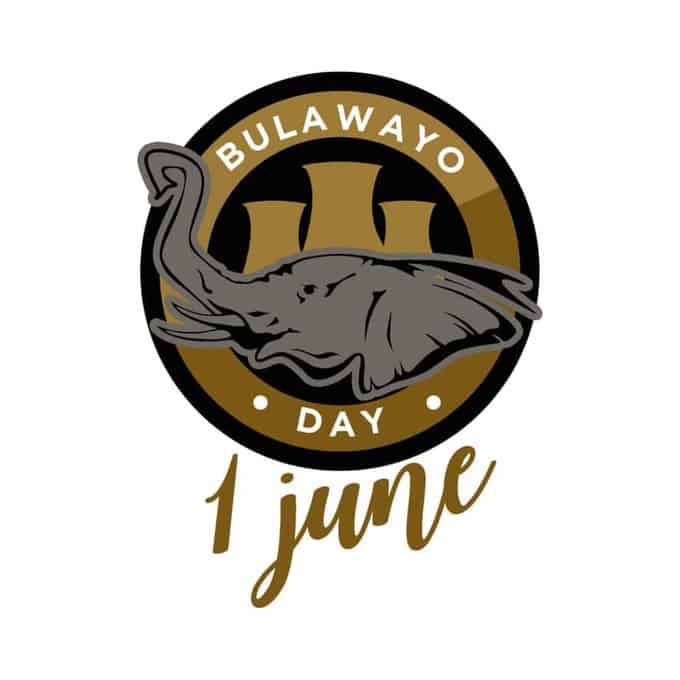Today, Bulawayo, which is also known as “The City of Kings” is celebrating 127 years after it was declared a town.
Bulawayo attained town status on 1st June 1894 and had its first Municipal Council of 9 elected members in November 1897, and by 1943, due largely to its rapid growth, the town had attained city status under Proclamation 21 of 1943.
As cited in some reports, Bulawayo has a rich cultural history and is the second largest city in Zimbabwe after the capital, Harare, it is a must see destination for visitors to Zimbabwe and is one of the country’s oldest towns.
For many years’ the social history of urban development in Zimbabwe’s second-biggest city, has been given special characteristics by the city’s closeness to South Africa.
It was also shaped by the outcomes of controversies between national governments, the Bulawayo City Council and groups of urban residents over the form urban settlement for Africans should take.
According to ZimbabweConnections.com, despite economic hardships, Bulawayo has remained the regional hub for Southern Zimbabwe.
Bulawayo forms a vital link with the South African border at Beitbridge, Hwange National Park and Victoria Falls, the Matobo Hills (Matopas), Gonarezhou National Park, Gweru and Harare and the remaining regional mining, farming and ranching activities.
-Zwnews













